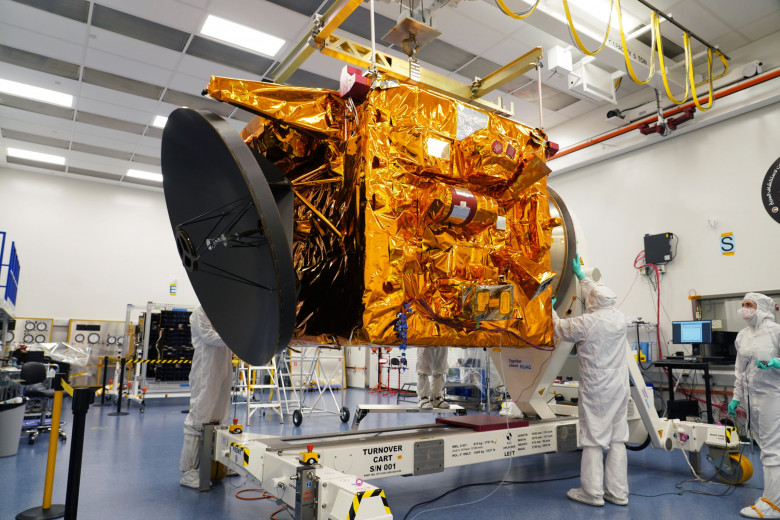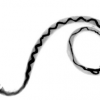The UAE’s First Mars Mission Is a Robo-Meteorologist

Sarah bint Yousif Al-Amiri knows what it’s like to build a spacecraft, but she’s never launched one to Mars—or during a global pandemic. As the deputy project manager for the United Arab Emirates’ first interplanetary mission—and the country’s minister of state for advanced sciences—the 33-year-old engineer has spent the past few years bouncing between Dubai and Boulder, Colorado, where a team of Emirati scientists have been busy building a robotic satellite meteorologist called Hope. These days, Al-Amiri is quarantining near the Tanegashima Space Center in Japan, where Hope is expected to depart on a seven-month journey to the Red Planet next week.
Hope is a boxy satellite the size of a small car that will use three main instruments—an imager and two gas spectrometers—to study the Martian atmosphere. Its altitude above the planet will range from 12,000 to 25,000 miles above the surface, due to its elliptical orbit, which will take 55 hours to complete. The data collected by Hope will help scientists understand how conditions observed on the surface by rovers like Opportunity interact with the atmosphere and affect the Martian climate.
But for the past two months, Al-Amiri’s been focused on more mundane concerns, like making sure her team could get exemptions to fly into Japan to prepare the spacecraft, which will launch on a rocket made by Mitsubishi Heavy Industries. At the same time, she’s been pulling together last-minute pandemic contingency plans to ensure that the craft could still launch even with a skeleton crew. Mars only makes a close approach to Earth every two years, and if the team doesn’t hit the six-week launch window this year, they’ll have to wait until late 2022 to try again.









































































